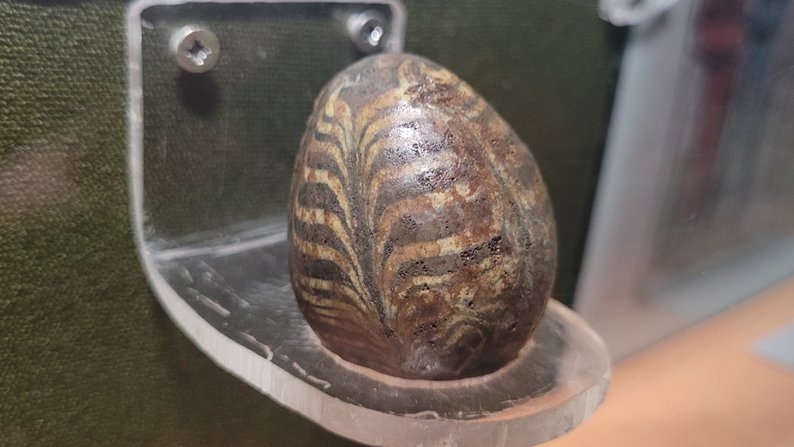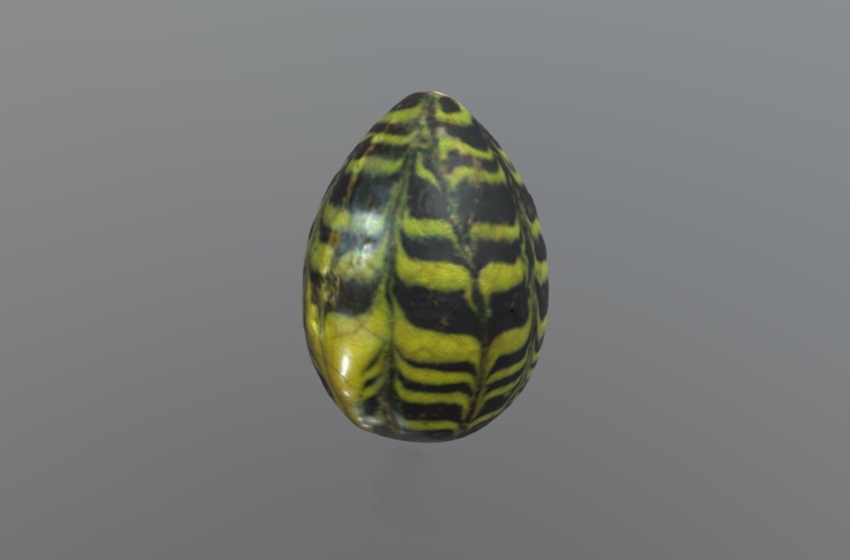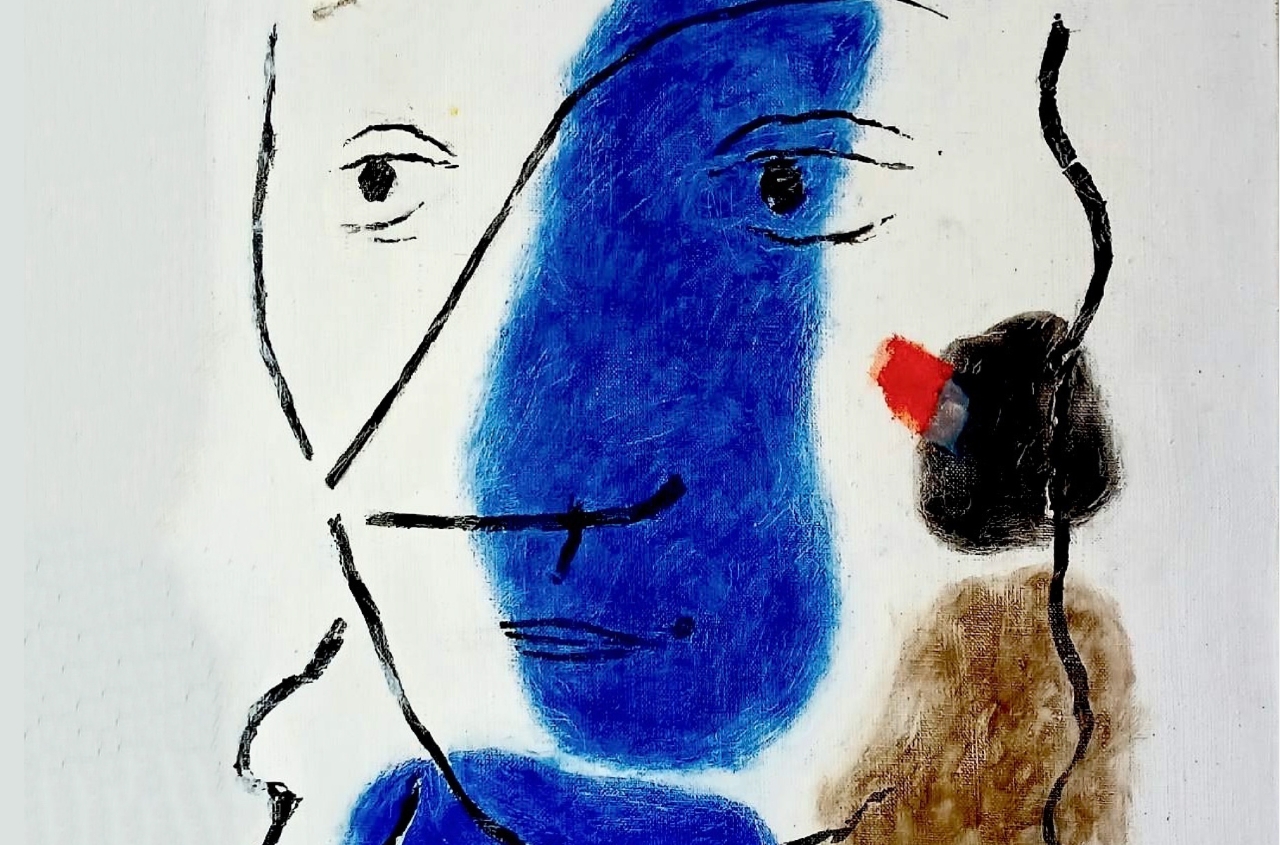In the Rivne region, within the territory of the Castle of princes Ostrozkyi (Dubno Castle), during archaeological excavations in November 2023, a pysanka (traditional Ukrainian painted Easter egg) from ancient Rus times was discovered. Interestingly, this pysanka produces a sound when shaken. In total, three such intact artifacts were found in the ethnic Volyn region. This information was shared by Yuriy Pshenychny, the head of the history department at the State Historical and Cultural Reserve in Dubno.
The history of the pysanka:
Ancient Rus pysanky were produced by workshops that received relatively narrow orders from representatives of the contemporary elite—close associates of princes, prominent merchants, and nobles.
These workshops primarily engaged in a specialized craft, namely, the production of ceramic tiles for flooring. These architecturally decorative items were exceptionally rare and were used to cover the floors of palaces and wealthy estates. Not everyone could afford to commission such luxurious and aesthetically pleasing items. As a byproduct of these workshops, which operated alongside the production of ceramic tiles, pysanky were created, as explained by the historian.
The study of ancient Rus craftsmanship has been well-explored by archaeologists Makarova and Sedyov. They were among the first to dedicate their research to this subject, demonstrating that pysanky, such as the one found in Dubno Castle, were crafted in Kyiv workshops.
"There is another line of similar pysanky that was produced in Novgorod. It differs in terms of color, and this artifact exhibits clear signs of being made in Kyiv workshops, indicating cultural and trade connections between Dubno and Kyiv during that time," added the expert.
The sound produced by the pysanka:
Yuriy Pshenychny mentioned that during the creation of such pysanky, an unfired object was filled with a small ball of fired or dried clay. When the object was sealed, this element remained inside, free to move, and during the shaking of the pysanka, it emitted a characteristic rattling sound.
The pysanka as a symbol:
Items that produced such sounds are known from ancient times. They were the oldest talismans and items that warded off evil spirits. Therefore, one assumption is that such items could have been children's toys. When these pysanky became products of craftsmen, they retained their ancient pre-Christian function as talismans. The egg is associated with beliefs about renewal and the birth of life and the world. Thus, a pysanka made in a craftsman's workshop acquired the significance of a talisman and a magical item that repelled evil from the home or specific individuals, perhaps even children, and attracted prosperity, as explained by the historian.
Historical value of the pysanka:
The archaeological findings turned out to be unexpectedly productive. Finding a complete pysanka is a great rarity. Only three such intact items have been found in the ethnic Volyn region, exhibited in museums in Lutsk, Rivne, and now in Dubno. Throughout the entire western part of Ukraine, only ten such items have been found. This rarity highlights the significance of the ancient Rus town of Dubno during the X-XIII centuries. The pysanka serves as evidence of the prestige of this place, adding another detail to the reconstruction of the image of this legendary town.
The first complete pysanka found in Rivne region:
In the Rivne Regional Studies Museum, alongside three fragments of ancient Rus pysanky, a complete exhibit is also presented. The pysanka was discovered in the multilayered site of Shanky Yar near Khrinniky in modern Dubno district during the Volyn archaeological expedition led by Denis Kozak. This took place in 2013.
"The pysanka dates back to the 12th century, with dimensions of 3.5x4 cm. It has the shape of a small egg and is made using the strip method from clay. In the wider part, there is a small hole through which it was strung on a stick during the application of the glaze. The item is executed in polychrome technique, with the glaze color being green, and an ornament in the form of figurative arches applied onto it," as described in the museum's exhibit information.






















